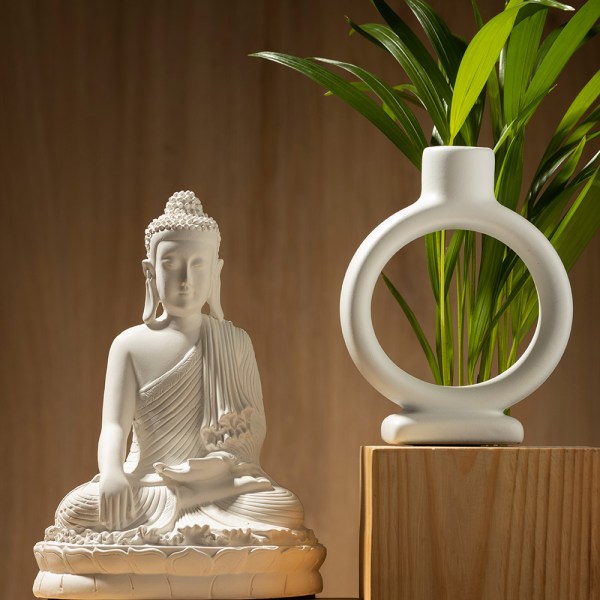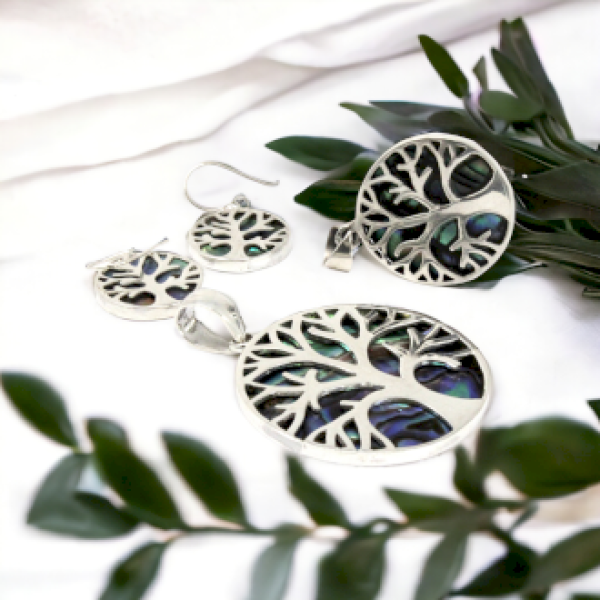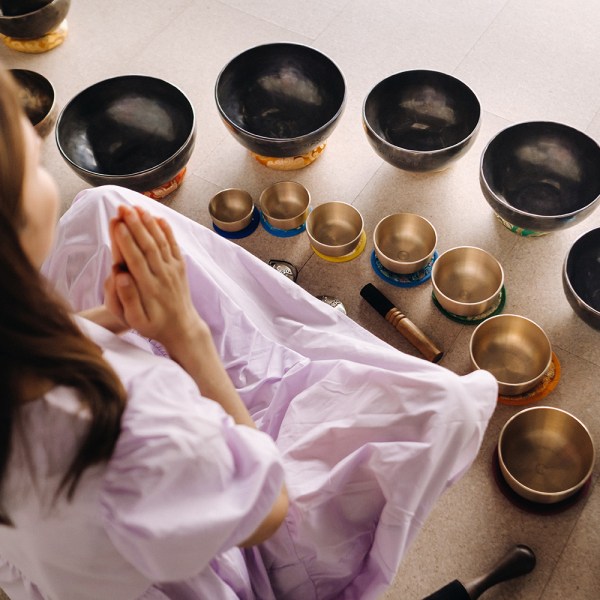Javanese Gongs
The World of Javanese Gongs
Javanese gongs are iconic instruments of traditional Indonesian music culture, carrying rich historical and cultural significance. These unique instruments are not only musical tools but also spiritual and cultural symbols that have defined the world of Javanese music and art for centuries.
The History and Origin of Javanese Gongs
The history of Javanese gongs is deeply rooted in Indonesian culture. These gongs have been used since the time of the ancient Javanese kingdoms and have become an essential part of Javanese gamelan ensembles over time. Gamelan ensembles, consisting of various percussion instruments, are central to Javanese musical life, with gongs standing out for their deep, resonant tones.
Characteristics of Javanese Gongs
- Material: Javanese gongs are traditionally made of bronze, which provides a rich and deep sound. Modern versions sometimes use other metals.
- Crafting Technique: Gongs are handcrafted using traditional forging techniques. The process involves casting bronze into molds, then refining and tuning it to achieve the desired sound.
- Size and Shape: Javanese gongs come in various sizes and shapes. The largest gongs, known as "Gong Ageng," produce deep and powerful sounds. Smaller gongs generate finer, higher tones.
The Role of Javanese Gongs in Musical Culture
Javanese gongs play a special role in gamelan ensembles. They not only provide rhythm and harmony but also define the structure of the music. For example, the Gong Ageng often signals the end of musical phrases and the beginning of new sections. Smaller gongs add finer rhythmic and melodic elements to the music.
Spiritual and Cultural Significance
Javanese gongs hold spiritual significance as well as musical. In many Javanese communities, gongs are revered as sacred objects capable of connecting with the spiritual realm. The sound of gongs is often used in religious and ritual events to purify spaces and facilitate meditation.
Modern Use and Global Recognition
Although traditionally part of gamelan ensembles, Javanese gongs are now recognized and used worldwide in various musical and artistic contexts. Many contemporary composers and performers incorporate the unique sounds of Javanese gongs into their works, enriching the modern musical landscape.
Javanese gongs are a special part of the world's musical heritage. These handcrafted instruments, with their deep and rich sounds, are not only cornerstones of Javanese musical culture but also spiritual and cultural symbols. The magical sound and historical significance of Javanese gongs continue to inspire musicians and listeners around the globe.

















_600x600.jpg)















